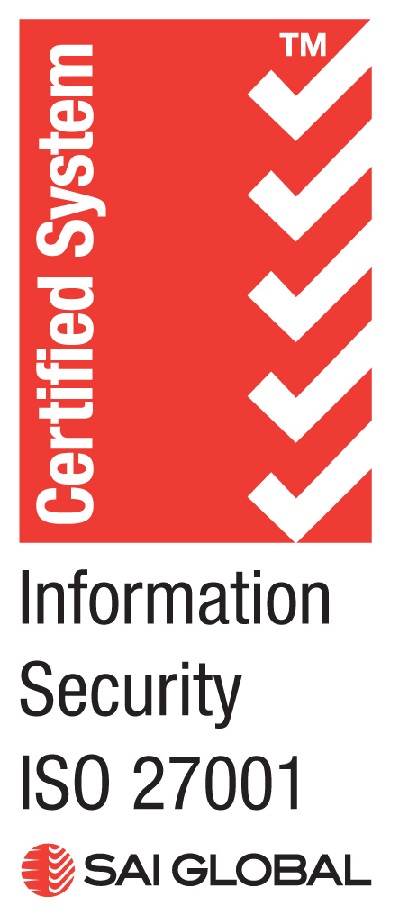Business Disasters – What Threatens Small to Medium Businesses?
Disasters affecting IT systems and data pose a significant threat to every organisation. A system crash, power outage, cyber-attack, natural disaster or user error can have far reaching consequences, especially for SMBs.
What constitutes a disaster depends on the business in question, but it generally covers any situation resulting in an unacceptable loss of data or productivity. While many businesses in New Zealand backup their data on the cloud, a 2015 report by Resilient New Zealand argues that SMBs in particular need to pay more attention to disaster planning.
The Importance of Disaster Planning
Reports by the Aberdeen Group and IDC estimate an hour of downtime can cost a mid-sized business in New Zealand $80,000. Unfortunately, system downtime typically lasts much longer. More alarmingly, an estimated 30 per cent of organisations that experience a severe outage never recover, according to a 2013 Ponemon Institute study of global businesses.
While businesses can’t always prevent disasters from occurring, they can stem the damage caused. Disaster recovery technology enabling instant recovery of data, applications and systems, along with regular testing, is the surest way to safeguard your business.
Common Threats
The first step to disaster planning is to conduct a risk assessment to determine potential threats. Businesses should then implement a management system and a customised data backup and recovery solution to minimise damage.
Common IT threats affecting SMBs include:
- Hardware Failure
Even with numerous levels of redundant systems in place, be it multiple power supplies, network controllers and hard drives or an unforeseen event, can still trigger a widespread power outage. This often results in downtime and potential data loss.
- Software Failure
A lack of regular patch testing often leads to the corruption of applications, potentially bringing down entire systems. Other sources of software failure include old operating systems, viruses and malware.
According to the Symantec Internet Security Threat Report, 36 per cent of targeted attacks were on SMBs in 2012, many of which infected entire networks and halted business operations.
- Natural Disaster
Disasters such as earthquakes, fires and weather related incidents account for a relatively small number of IT disasters. When they do occur however, the impact can be devastating, resulting in major infrastructural damage and data loss.
- Human Error
Errors by staff are usually not as serious. But mistakes like accidentally wiping a file system on a server can have severe consequences and can be made by executives as well as inexperienced staff. A disaster recovery system is vital to mitigate the risk, regardless of who is in control.
Disaster Recovery Solutions
There is a whole industry dedicated to preventing the devastation caused by losing data to a disaster. Solutions include tape and disk backup as well as cloud backup. The former is weakening as a preferred method due to its drawbacks, including its expensiveness, complexity and inability to recover applications and systems in real time.
It’s imperative to ensure business continuity and minimise the cost of long downtimes. Cloud backup leverages virtualisation to make data backup and recovery quicker and more convenient. But cloud-based systems are still prone to failure, making a multi-cloud approach a more secure option for disaster prevention and data recovery.
CodeBlue Data Backup and Recovery Services
Protect your organisation’s data from disaster with CodeBlue’s comprehensive data backup and recovery services. Using a three-tiered approach, we develop a customised disaster recovery solution based on your organisations needs as part of our managed IT support service.
Contact CodeBlue today to discuss how we can develop the best data backup and recovery solution for your SMB.
Need more information?
Get in touch with us
